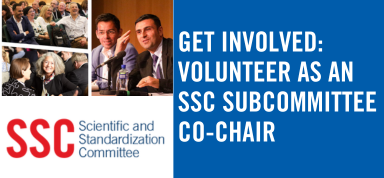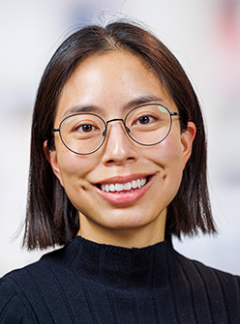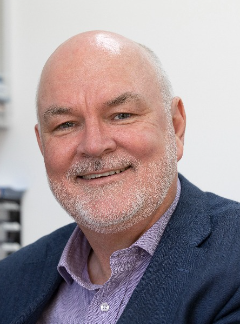REGULAR CONTENT
Access to Premium content is currently a membership benefit.
Click here to join ISTH or renew your membership.
Recently, we have shown alterations in the anticoagulant response to recombinant activated factor VII (rFVIIa)–induced coagulation activation in patients with thrombophilia.
ObjectivesThis study aimed to extend this in vivo model to fibrinolysis biomarkers.
MethodsThis interventional in vivo study included 56 patients with thrombophilia and previous venous thromboembolism (VTE+), 38 without VTE (VTE−), and 35 healthy controls. Plasma levels of D-dimer, plasmin–α2-antiplasmin (PAP) complex, and plasminogen activator inhibitor-1 (PAI-1) were monitored for over 8 hours after rFVIIa infusion (15 μg/kg) along with thrombin markers and activated protein C (APC).
ResultsThroughout cohorts, median PAP increased by 40% to 52% (P < 3.9 × 10−10) and PAI-1 decreased by 59% to 79% (P < 3.5 × 10−8). In contrast to thrombin–antithrombin (TAT) complex, which also increased temporarily (44% to 115%, P < 3.6 × 10−6), changes in PAP and PAI-1 did not reverse during the observation period. The area under the measurement-time curves (AUCs) of PAP and TAT, which are measures of plasmin and thrombin formation, respectively, were each greater in the VTE+ cohort than in healthy controls (median PAP-AUC = 0.48 vs 0.27 ng·h/L [P = .003], TAT-AUC = 0.12 vs 0.03 nmol·h/L [P = 2.5 × 10−4]) and were correlated with one another (r = 0.554). As evidenced by the respective AUCs, asymptomatic factor (F)V Leiden carriers showed less PAP formation (0.22 vs 0.41 ng·h/L, P = 9 × 10−4), more pronounced PAI-1 decline (0.10 vs 0.18 ng·h/L, P = .01), and increased APC formation (28.7 vs 15.4 pmol·h/L, P = .02) than those within the VTE+ group (n = 19 each).
ConclusionrFVIIa-induced thrombin formation is associated with fibrinolysis parameter changes outlasting the concomitant anticoagulant response. Both correlate with thrombosis history in FV Leiden and might help explain its variable clinical expressivity.
Abstract































